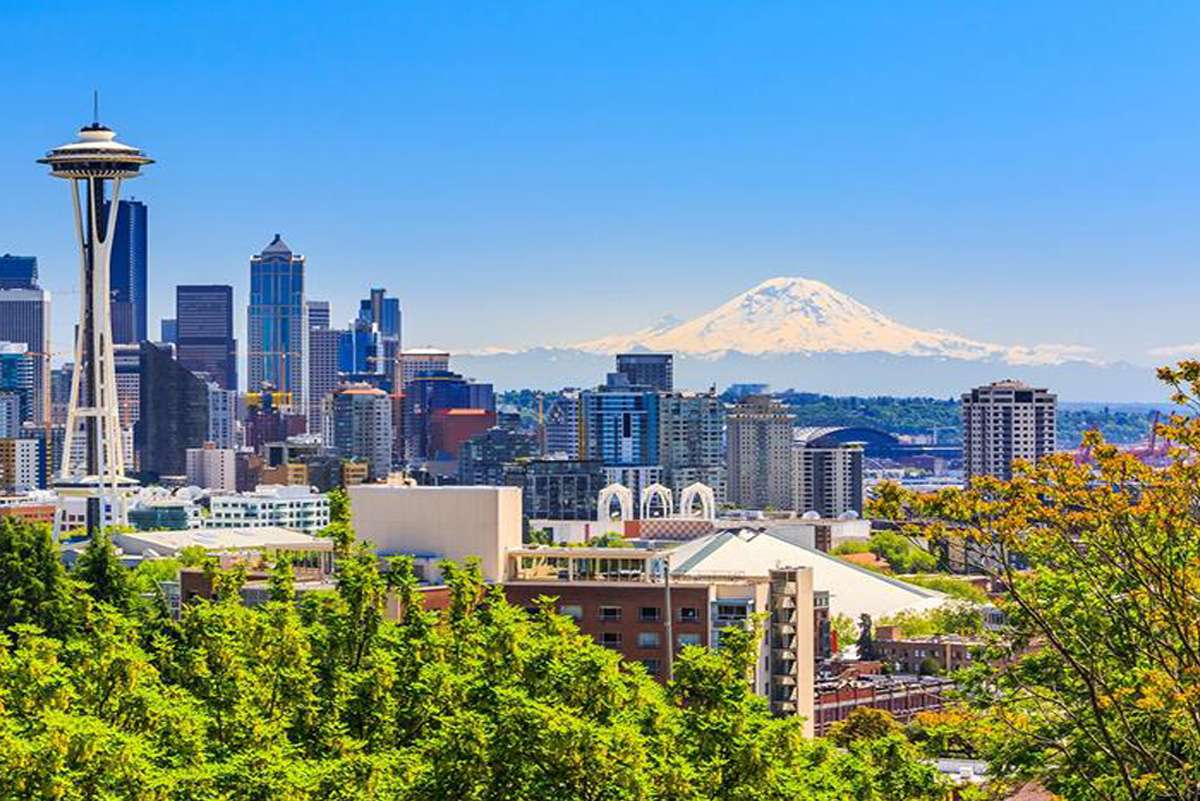The nature of the city centre is quite similar throughout the world. The city centre is the hub of all commercial activities with an intensive landuse and high rise buildings. In the developed world, this central place is known as the city’s Central Business District (CBD) and the term is now synonymous with the city centres throughout the world. It is the North American ‘downtown’.
Population densities are generally highest close to the CBD of a city and decrease at a fairly steady rate with increasing distance from the centre. This is because the city centre has highest employment opportunities and affords the greatest accessibility, and therefore, attracts poorer settlements. The poor people have a hand to mouth economy and cannot afford to travel for work over long distances.
North American cities exhibited this pattern till the 1950’s but since then the situation has changed substantially. The CBD is now the ‘dead heart’ of a western city. There is almost a complete lack of residential function because the land values and rents are high. The cities in the S.E. Asia on the contrary have a centre as much commercial as residential. It is not the dead heart of the city. This is because of some historical or cultural factors. The cities of the developing world have evolved through a long process of urbanisation unlike the American cities where the urbanisation process has been short.
The central area of the socialist city, as demonstrated in the erstwhile Soviet Union cities, reveals that more space is devoted to administrative, cultural and educational functions around a large open space (square) than its western counterpart, which would have more commercial enterprises such as hotels, banks, retail outlets and office buildings. Public gathering parade and ceremonial functions take place in the open square. The concentration of cultural and administrative activities in the parks, museums, theatres, gardens and so on is largely a legacy of the past, dating to pre-revolutionary Czarist days.

